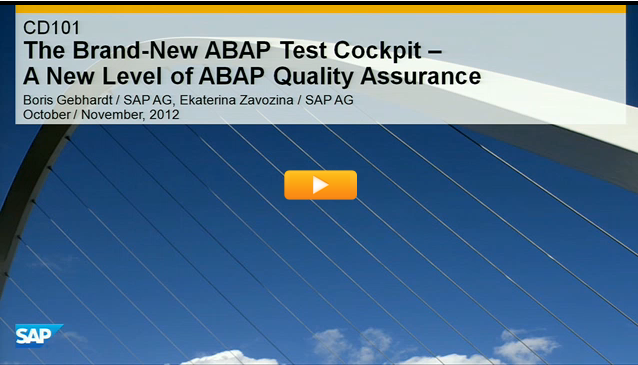Organisations are not effectively addressing IT security and compliance risks according to accounting professionals
The results of the 2013 Top Technology Initiatives Survey revealed that securing IT environments against cyber attack and managing IT risks and compliance are rated as two of the three greatest challenges in technology by accounting professionals in North America. The survey was performed jointly by the AICPA and CPA, the largest accounting organisations in the United States and Canada. The survey sampled approximately 2000 members from the public accounting, business and industry, consulting, government and not-for-profit sectors. Members of both the AICPA and CPA placed securing the IT environment as the second highest priority for organisations in the area of information technology. Managing IT risks and compliance was ranked third by AICPA members and fourth by CPA members.
U.S respondents expressed average confidence levels of just 51 percent in organisational initiatives designed to manage IT security and 47 percent in initiatives addressed at managing IT and compliance risks. Confidence levels have fallen drastically in 2013 due to the wave of recent well-publicized data breaches. In 2012, U.S confidence levels for securing IT environments and managing IT risk and compliance were 62 and 65 percent. However, according to the Chair of the AICPA’s Information Management and Technology Assurance (IMTA) Division, The decline in confidence levels may mean professionals are making more knowledgeable assessments of the ability of organizations to achieve technology goals. This more realistic assessment indicates that the goals may be more challenging than originally thought, and that organizations must have the focus, commitment and drive to achieve them.
Layer Seven Security assist organisations worldwide to identify and remove vulnerabilities that expose SAP systems to cyber attack and impact the ability to comply with the requirements of IT control frameworks. To learn how we can assist your organisation manage SAP risks and stay compliant, contact Layer Seven Security.


